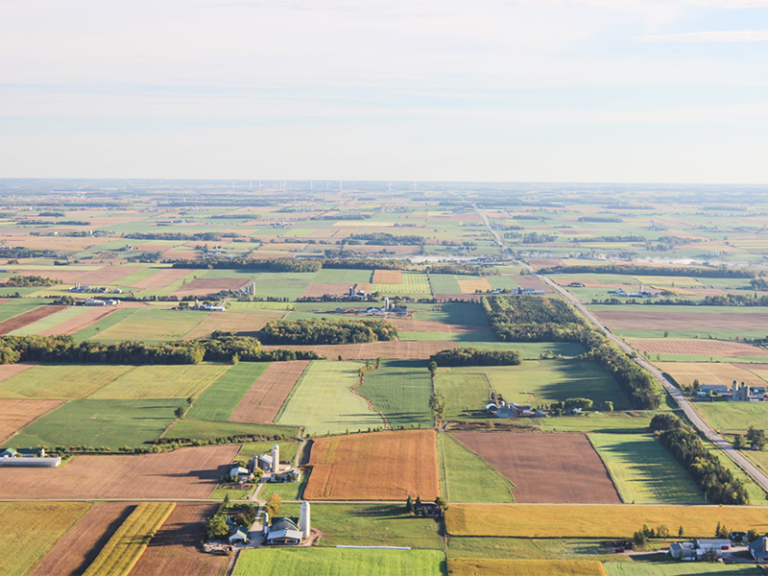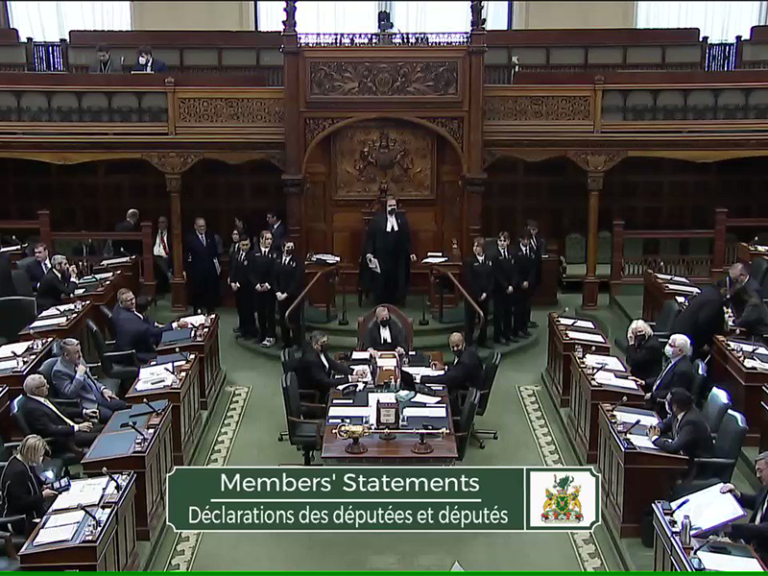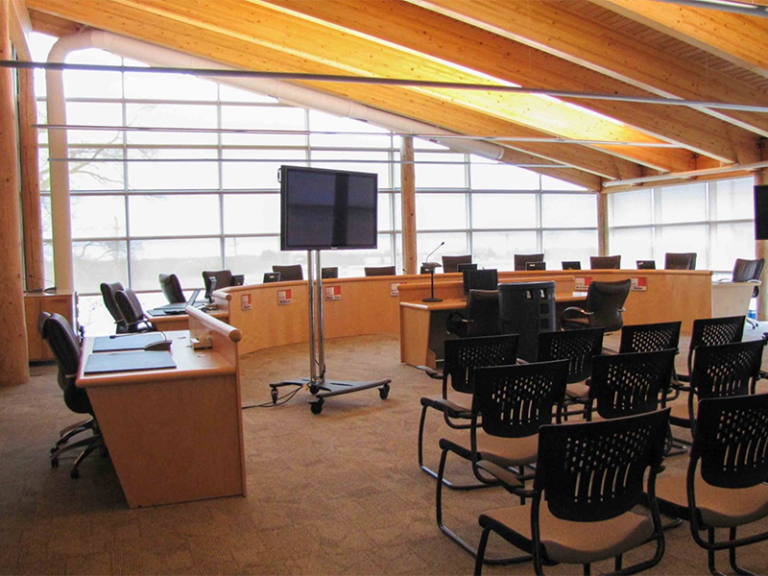By Deborah O’Connor
The clean up still continues almost a month later at the site of the late March CN freight train derailment involving 20 cars just east of Port Hope and it’s too early for any investigative reports to be prepared. That will take some time as the various oversight bodies each bring their own mandate, perspective and process to explain the cause or causes of the accident. Meanwhile, not a great deal is known except there were 118 cars in total on the train, two filled with jet fuel, two with residual petroleum and one with propane and another with sulphuric acid. When it was over seven tankers were left stacked up on top of each other and a fire burned for some time under the watchful eye of authorities.
For those eager to learn more, looking at the Transportation Safety Board of Canada reports on the two earlier and similar CN freight train derailments locally in 2007 and 2009 may provide an advance education about what we could eventually learn about the most recent case. In both earlier accidents, train marshalling was identified as a contributing factor. That term, marshalling, refers to the order in which the train cars are assembled, including the locomotives that power them. As trains get longer and heavier it becomes harder for the engineer to control, especially when braking. How the trains are structured plays a big role in how they respond to the demands of the locomotives pulling them. The placement of the empty cars in relation to the loaded ones is crucial to both safety and performance, just as careful placement of cars carrying hazardous chemicals is signficant.
Traditionally the locomotives were up front, often three of them, to pull the enormous weight of the new, long and loaded trains. Canadian Pacific came up with the system called “distributed power” where the engines are spread through the train, with the lead locomotive synchronizing acceleration and braking functions with the trailing engines. CN has now followed suit, but has no specific train marshalling rules regarding weight distribution, which CP has developed for train personnel to follow. As the equally new Dynamic Brake locomotives were introduced along with computerized emergency braking systems there were times they didn’t work together too well. Often those times coincided with poorly marshalled trains. These were the trains most subject to what’s called “in train forces” where unpredictable results can arise from what should be the normal operation process.
In the Cobourg 2007 accident, a CN freight was marshalled with three Dynamic Brake locomotives at the front, followed by a 430-foot Herzog machine (a track maintenance system) added in Belleville, followed by 45 empty multi-level cars, with the rest a mix of 83 empty and loaded cars. The train weighed 9,000 tons and was 9,602-feet long. As it cruised into Cobourg that morning, it slowed from 49-kilometers an hour into a slow zone and the dynamic brake was activated. When the train surged abruptly at the Burnham Street crossing, the dynamic braking was reduced in response, but some 13 seconds later a “train initiated undesired emergency brake application” ensued. That caused the rear cars to pile into the empty multi level cars which led to the derailment of 21 cars, which led to a fuel tank puncture on the Herzog locomotive, causing 9,100 litres of fuel to spill out and catch fire. It came to light that this same Herzog system had been involved in a derailment in Armstrong, Ontario in May 2006, just a year earlier. It had been placed right behind the train locomotives too, and was identified as a high priority problem for CN to fix. The findings in the Cobourg accident were that train marshalling, use of the Dynamic Braking system, and equipment design all played a role.
The second of Northumberland’s three train derailments happened outside Brighton in March 2009. This CN freight had its three locomotives up at the front too, with 62 empty cars following and 75 loaded cars bringing up the rear. The train was 8,850-feet long and weighed 12,000 tons. It was discovered there was a broken knuckle between cars 107 and 108, a knuckle that wasn’t hard enough for the very cold temperature that morning. Also, it was not hard enough for the higher than usual in train forces at play because of how the train was marshalled. When that knuckle broke, the train separated at first, but then the back section from car 108 to the end banged into the front part when it speeded up due to its weight. The flat cars in the front part of the train then jack-knifed, causing the rails themselves to roll over and six cars to derail. Findings in this accident identified in-train forces, train marshalling, and train handling procedures as causes.
Since 2000, the Transportation and Safety Board has investigated 10 derailments that involved longer, heavier trains and excessive in-train forces. Of these, eight were conventional with their engines up front and not distributed along the train, and nine of them were Canadian National trains. CN also got the lowest rating, at one to two on a scale of five in safety levels. One of the reasons identified for their poor record is a rather extreme lack of dialogue with its train operators. Other reports commissioned by Transport Canada have cited human resources management and organizational factors as obstacles to progress on rail safety. For CN what was termed a culture of fear appeared to dominate labour/management relations, with reprisal being the reward for bringing potential safety risks to the attention of their superiors. As relations continued to sour, workers’ concerns about proper rest breaks, the urgent need for their employer to develop train marshalling protocols and provide appropriate training for operators were ignored at best. Anecdotal evidence suggests that hasn’t changed much and relations between the railway union and CN management are still strained.
Perhaps the new Safety Management Systems (SMS) working group will find a way to improve that sad record as they work to develop their action plan to ensure that safety regulations are observed and implemented by all the railways. With an assessment tool being developed to monitor that implementation, the working group will be on its way to fulfill its role monitoring rail safety consistently across Canada. And finally, if the federal government responds by restoring Transport Canada’s authority to forcefully compel railways’ compliance to safety regulations, which too should expedite progress considerably. The safety issues discussed in this series certainly aren’t the only ones facing our rail system, but they are significant factors in our past local derailments. They may be a factor in the latest accident too, but we just don’t know yet. Other safety issues could be implicated, and we’ll just have to wait and see what the analysis reveals. Our railway system isn’t going away and a commitment to safety is especially vital now that all our freight trains are in the private sector where profit is always the bottom line.


